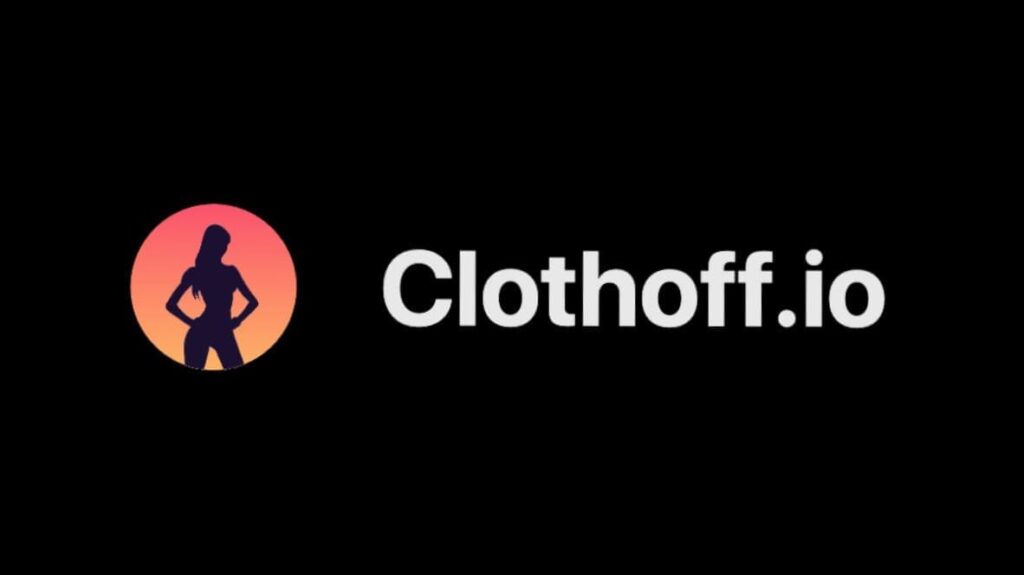Is it possible to effortlessly transform any image, revealing what lies beneath with just a few taps on your phone? The emergence of AI-powered Telegram bots like "clothoffbot" has made this previously unimaginable feat a startling reality, ushering in a new era of image manipulation that is both intriguing and fraught with ethical considerations.
The digital landscape is constantly evolving, and with it, the tools we use to interact with the world around us. Image editing, once the domain of complex software and skilled professionals, has been democratized by artificial intelligence. Now, with a few clicks, users can manipulate images in ways that were once confined to the realm of science fiction. These AI-powered bots, accessible through the popular messaging platform Telegram, are rapidly gaining traction, promising users an experience that is both unique and potentially problematic.
Let's delve into the capabilities of these innovative bots, their implications, and the essential precautions one must take before exploring this complex digital terrain. This exploration will focus on understanding the technology, its ethical ramifications, and the legal considerations that govern its use.
The core function of these bots is, put simply, the "undressing" of images. At their heart, they use sophisticated artificial intelligence algorithms, specifically those trained on vast datasets of images, to identify and remove clothing from photographs. The process is surprisingly simple: a user uploads an image to the bot, and the AI goes to work, analyzing the image, identifying the clothing, and then generating a new image with the clothing removed. These bots are often described as "deepnude" applications, a term that alludes to their ability to create nude images from clothed ones.
These bots are frequently promoted as being free, fast, and discreet. Users are drawn to the allure of instant gratification and the potential for exploring the boundaries of image manipulation. The promise of anonymity, facilitated by the Telegram platform, further fuels the appeal.
The functionalities of these bots extend beyond simple clothes removal. Some offer different modes or types of clothes removal, providing users with varying degrees of control over the final image. They can often be integrated into third-party services via APIs, opening the door to more complex applications. Some bots even transform photos into 3D artwork, adding an artistic dimension to the process.
- Vegas Movies From Godfather To Hangover Beyond
- Vegamovies Everything You Need To Know Alternatives In 2024
The underlying technology is, in a way, quite straightforward. The AI algorithms are trained on massive datasets of images, allowing them to learn patterns and recognize objects. When a user uploads an image, the bot's AI engine analyzes it, identifies the clothing, and then generates a new version of the image without the clothing.
The simplicity of the process, however, belies its potential for misuse. The technology could be used for non-consensual image creation, harassment, and other malicious activities. The ease of access and the perceived anonymity provided by Telegram make these bots even more concerning.
The market for these bots, while still nascent, is growing. Several different bots are available on Telegram, each with its own strengths and weaknesses.
The development and deployment of these bots raise profound ethical questions. The creation of nude images from original photographs, without the consent of the subject, represents a serious violation of privacy. These actions could result in harassment, blackmail, and other forms of abuse.
The potential for misuse is significant. These bots could be used to create deepfakes, generating images of people in compromising situations. They could be employed to spread misinformation or to damage the reputation of individuals. The risk is compounded by the speed and ease with which these images can be created and disseminated.
One of the key areas where these tools find relevance is the artistic field. Some users employ them to create artistic works, exploring themes of exposure, vulnerability, and the human form. The 3D image transformation feature of some bots adds another layer of artistic potential.
However, the artistic use of these tools should always be approached with caution. Consent is essential. It is vital to ensure that the subjects of the images are aware of their use and give their permission.
The legal ramifications of using these bots are equally complex. In many jurisdictions, the creation or distribution of non-consensual intimate images is illegal. This activity is considered a form of sexual harassment and can result in severe penalties.
The legality of using these bots also depends on the specific laws of the jurisdiction in which the user is located. It is essential to be aware of these laws and to comply with them.
The primary concern surrounding these bots is the potential for misuse, specifically the creation of non-consensual intimate images. This poses a significant threat to individuals' privacy and could lead to several legal and ethical issues.
The development of these bots should be accompanied by responsible practices, including ethical guidelines and the implementation of safeguards to prevent misuse. This is a collective responsibility that falls on developers, users, and the platform providers.
Before using any of these bots, it is critical to assess their capabilities, understand their use cases, and be fully aware of the precautions that must be taken. The user must also be aware of the ethical and legal implications of using these bots.
Users should exercise caution and be aware of the risks involved. The bots should not be used to create or distribute images without the consent of the subjects. The user must avoid all illegal or harmful activities, such as harassment, blackmail, or the spread of misinformation.
Telegram, being the platform of choice for these bots, should also be aware of the responsibility it holds. It must actively take steps to identify and block the bots that promote illegal activities, and it should enforce strict policies to protect users from harm.
Further research is needed to fully understand the impact of these tools. More research should focus on the potential harms and risks. It should also explore the development of ethical guidelines and technical solutions to mitigate these risks.
The future of image manipulation lies in a balance between technological advancement and ethical responsibility. It is a future in which users, developers, and platforms work together to ensure that these tools are used responsibly and do not violate the privacy or safety of individuals.
The financial models for these bots vary. Some bots are available for free, while others operate on a freemium model. In the freemium model, the bot offers a limited number of free credits per month and then charges users for additional use.
The costs associated with these bots may appear insignificant compared to the potential harm. However, it is essential to consider the costs associated with using these bots, including the ethical and legal implications.
The evolution of AI in the realm of image manipulation is rapid and relentless. As the technology advances, we will likely see even more sophisticated and powerful tools. This evolution demands constant vigilance, careful consideration of ethical implications, and the implementation of safeguards to protect individuals from harm.
The use of these bots pushes the boundaries of what is possible in image manipulation. It forces us to confront the challenges of creating and distributing digital content responsibly.
As the technology evolves, the conversation surrounding image manipulation, consent, and privacy will continue to evolve as well.
In the digital age, the power to manipulate images comes with a huge responsibility. The development of these tools should be accompanied by responsible practices.
The use of AI-powered Telegram bots for image manipulation is a complex issue. It raises many ethical and legal questions.
Users should be aware of the risks involved and take appropriate precautions.
It is important to approach this technology with caution and to ensure that it is used ethically and responsibly.
The development of AI-powered image manipulation tools represents a remarkable technological advancement. It also presents profound ethical and legal questions.
The future of image manipulation will depend on our ability to navigate these challenges responsibly. It is essential to foster a society that values privacy, consent, and ethical conduct in the digital age.
The emergence of these Telegram bots highlights the importance of digital literacy. Users need to be equipped with the knowledge and skills to navigate the digital world safely.
Digital literacy can empower users to make informed decisions about the tools they use and the information they consume. It also promotes a culture of responsible digital citizenship.
It's crucial to know that these tools can be integrated into third-party services via APIs. This integration can amplify the potential for misuse, as developers might incorporate these functionalities into apps or websites without adequate safeguards.
The use cases of these bots also vary widely. Some individuals may use them for artistic expression, while others may be driven by curiosity.
The future of image manipulation will see a combination of innovation and caution. Technological advances will continue. Ethical and legal regulations will evolve.
Telegram bots specializing in image manipulation are indeed pushing technological boundaries. However, it's crucial to be aware of the risks and ethical considerations associated with their use.
- Tara Westover Biography Educated Family Story
- Movierulz Kannada Movies 20232024 Risks Reviews Where To Watch


